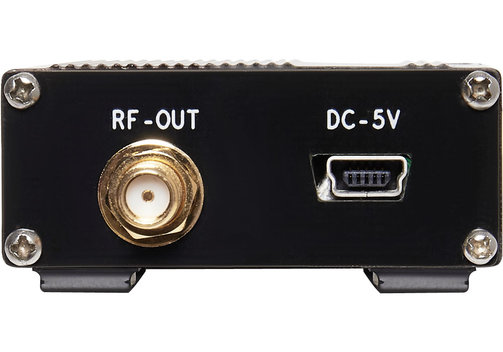In the ever-evolving landscape of electronic design, signal integrity plays a crucial role in ensuring the reliability and performance of communication systems. Wideband amplifiers are essential components in electronic circuits, serving to boost signals across a broad frequency range. However, to harness their full potential, engineers must employ effective strategies to optimize signal integrity. This article explores various techniques and considerations for maximizing the performance of wideband amplifiers in different applications.
Understanding Wideband Amplifiers:
Wideband amplifiers are designed to amplify signals spanning a wide frequency range, making them indispensable in applications such as wireless communication, radar systems, and broadband RF (Radio Frequency) designs. These amplifiers face unique challenges, including maintaining signal integrity, minimizing distortion, and managing power consumption.
Strategies for Optimizing Signal Integrity:
Impedance Matching:
- Achieving proper impedance matching between the source, amplifier, and load is fundamental for preserving signal integrity. In wideband applications, where the frequency range is extensive, using transmission lines and matching networks becomes crucial. This minimizes signal reflections, ensuring efficient power transfer and reducing the risk of signal degradation.
Layout and Grounding:
- Proper printed circuit board (PCB) layout and grounding are essential for minimizing parasitic elements, such as stray capacitance and inductance, which can affect signal integrity. Engineers must pay attention to the placement of components, traces, and ground planes to mitigate crosstalk and maintain signal integrity across the entire frequency spectrum.
Decoupling and Filtering:
- Incorporating decoupling capacitors and filters can help eliminate unwanted noise and harmonics. Wideband amplifiers often operate in environments with various interference sources, and proper filtering ensures that the amplifier focuses on the desired frequency range, enhancing signal quality.
Power Supply Design:
- A stable and clean power supply is critical for the optimal performance of wideband amplifiers. Implementing low-noise voltage regulators and carefully designing the power distribution network helps minimize voltage fluctuations and interference, contributing to improved signal integrity.
Thermal Considerations:
- Wideband amplifiers can generate significant heat, affecting their performance and reliability. Efficient thermal management, including proper heat sinking and ventilation, is crucial to prevent thermal-induced distortions and maintain signal integrity over extended periods.
Gain and Linearity Optimization:
- Adjusting the gain and linearity of the amplifier to match the specific requirements of the application is vital. Too much gain can lead to distortion, while insufficient gain may result in a weak signal. Engineers must carefully balance these parameters to achieve optimal performance across the entire frequency spectrum.
Feedback and Stability:
- Employing feedback mechanisms and ensuring amplifier stability are critical aspects of wideband amplifier design. Unstable amplifiers can lead to oscillations and distortions, jeopardizing signal integrity. Designers should carefully analyze the stability of the amplifier circuit and implement compensation techniques as needed.
Conclusion:
Wideband amplifiers are indispensable in modern electronic designs, enabling communication systems to operate efficiently across a broad frequency spectrum. Optimizing signal integrity requires a comprehensive approach, involving impedance matching, layout considerations, filtering, power supply design, thermal management, and careful adjustment of gain and linearity. By implementing these strategies, engineers can harness the full potential of wideband amplifiers, ensuring reliable and high-performance electronic systems in diverse applications.

